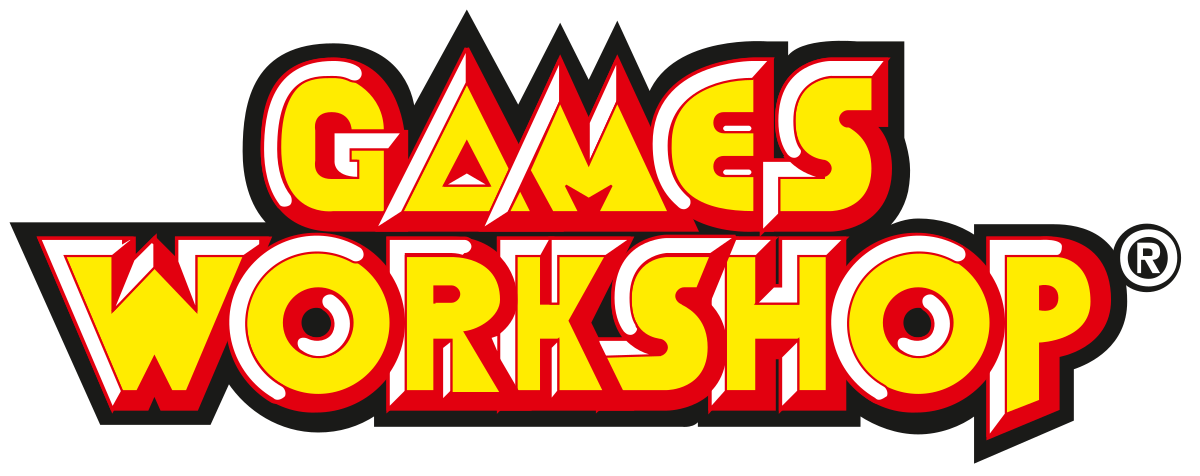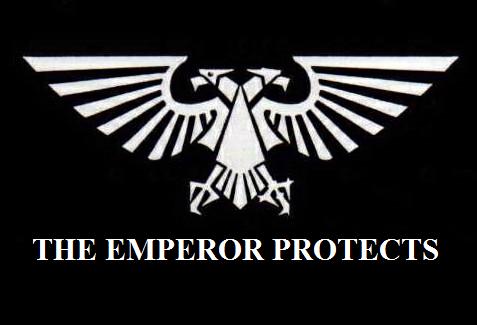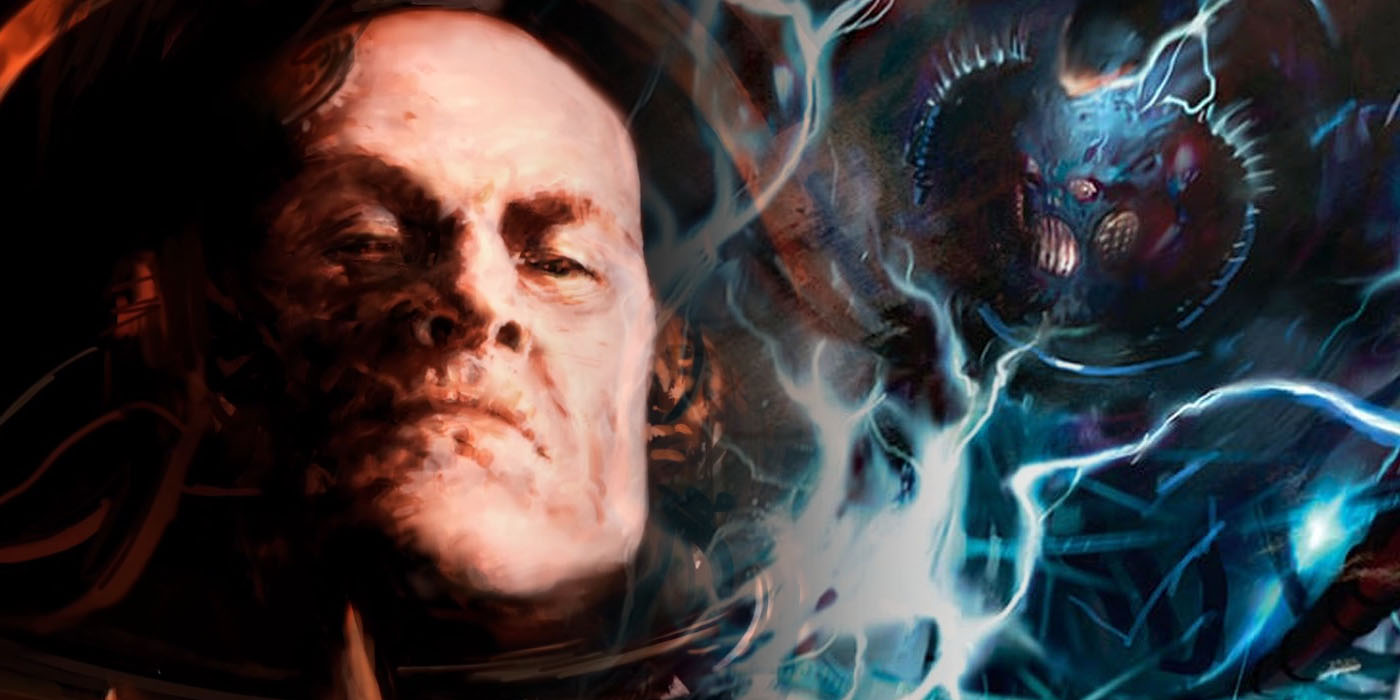2024 – The Year GW & Warhammer Won The Miniatures Wars
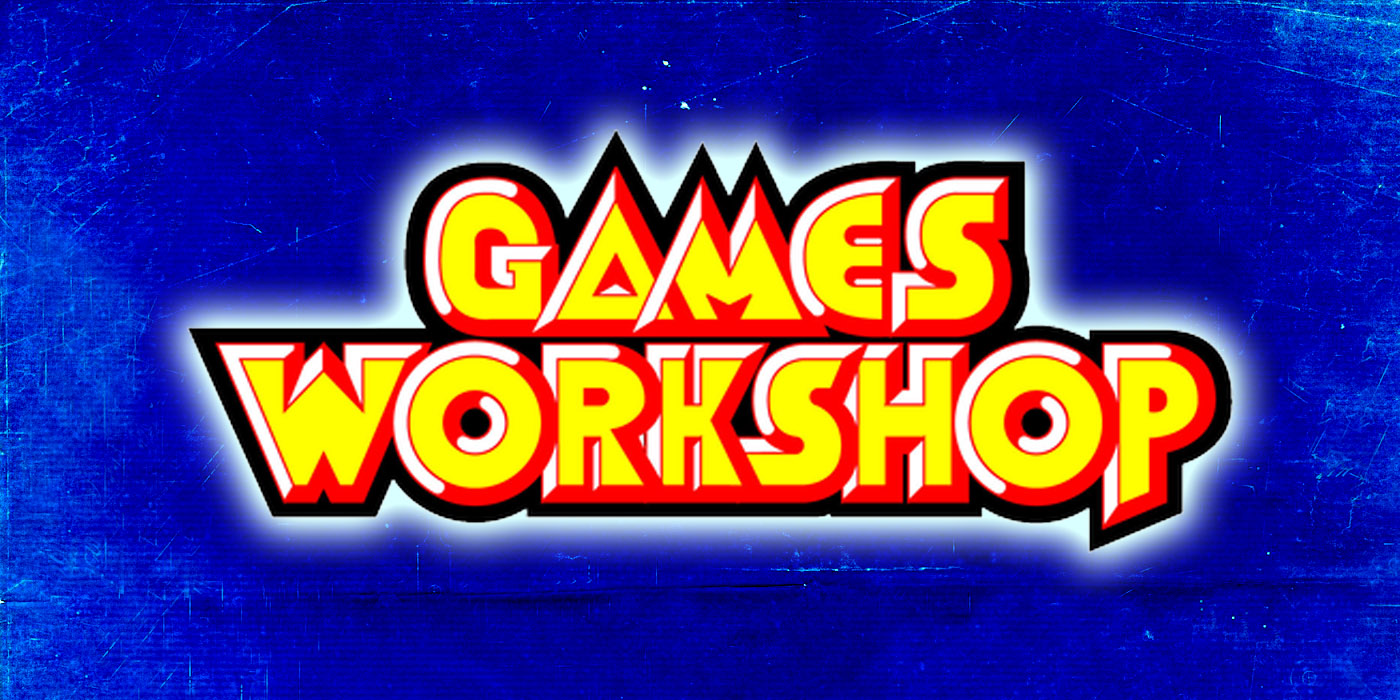

2024 sees Games Workshop establish a dominant position in the tabletop miniatures world and the end of old rivalries.
For decades, Games Workshop has been a leading force in the tabletop miniatures market. For a lot of that time they’ve been the leading force, and their dominance can have a certain air of inevitability to it. However, this wasn’t always the case. In the early days of the company, GW and its games were just one among many. At this time, historical miniatures were generally the more popular form of games.
GW soon came to lord over both sci-fi and fantasy tabletop miniatures games, but they did not go unchallenged. Through the 2000s and 2010s, a number of other systems rose up to challenge them. Most of these never went anywhere, but a couple proved real threats and, at times, seemed on the cusp of unseating the Emperor in Nottingham.
It didn’t happen, and 2024 has, in a lot of ways, been the final coda to this story. So let’s look back and pour one out to the fallen!
X-Wing And FFG/AMG
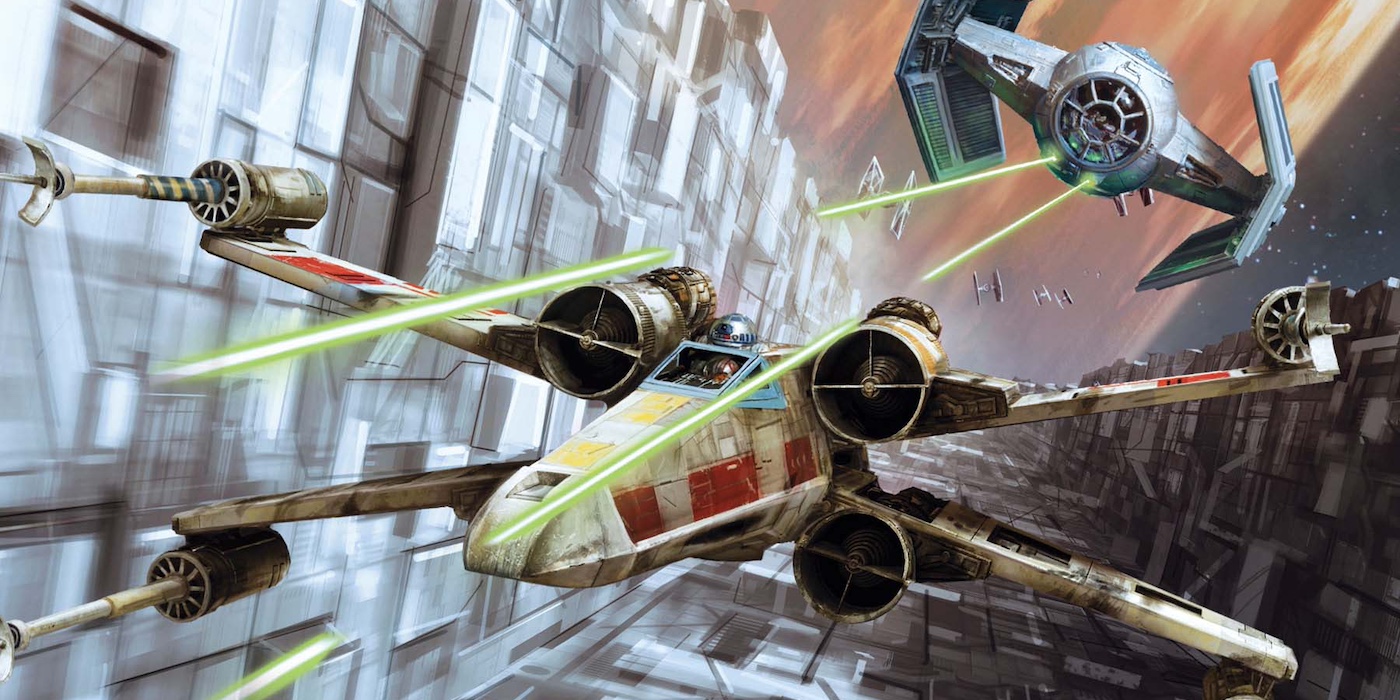
Last week, the gaming world was saddened by the news that Atomic Mass Games was discontinuing the Star Wars: X-wing and Armada games. This was a pretty major seismic shift in the tabletop miniatures genre. While Armada had been barely hanging on for several years, often going years between updates, X-Wing was a major game. X-wing was released in 2012 and pretty quickly blew up.
The solid rules, quick gameplay, best-in-class pre-painted minis, and the Star Wars name all lead to Fantasy Flight Games having a major hit on their hands right out of the gate. The game exploded and had a huge following and tourney scene. While it was a very different type of game to what GW put out, it did manage to compete. By the mid-2010s, it had reportedly risen to become the top-selling miniatures game in North America, beating the likes of 40K in some quarters.
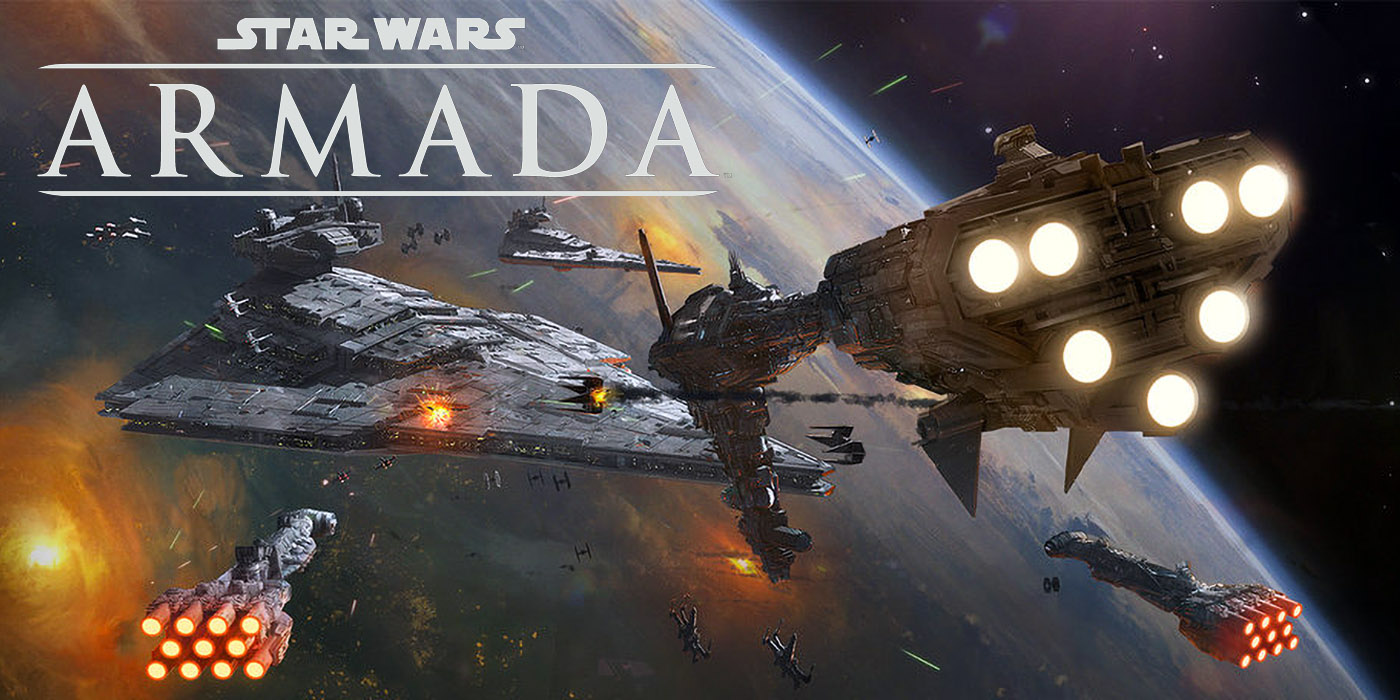
Fantasy Flight Games followed X-Wing with Armada, a larger-scale space battle game. While never as popular as X-wing (and poorly supported, a fact which no I am in no way still sore about) it was a success. By 2017, FFG was riding a wave of Star Wars wargaming success. They had a successful series of games and a strong IP. They seemed ready to really tackle GW and announced Star Wars: Legion. Legion is a full size company scale tabletop miniatures game in the same scale and style as Warhammer 40,000. It was clearly a direct challenge to GW and its games.
The Fall
Six years later, X-Wing and Armada are officially dead. Legion never became a real challenge to 40K. Indeed many people fear that it is next on the chopping block. So what happened? Well it’s clear a few things went really wrong with the Star Wars games. X-Wing had a fairly poorly received Second Edition launch that hurt the game.
There were some possible supply issues, limiting access to new ships and losing access to some old ones. However the biggest issue was every shifting corporate organization. Due to a series of mergers and sales, FFG’s parent company ended up moving all three Star Wars games from FFG to Atomic Mass Games.
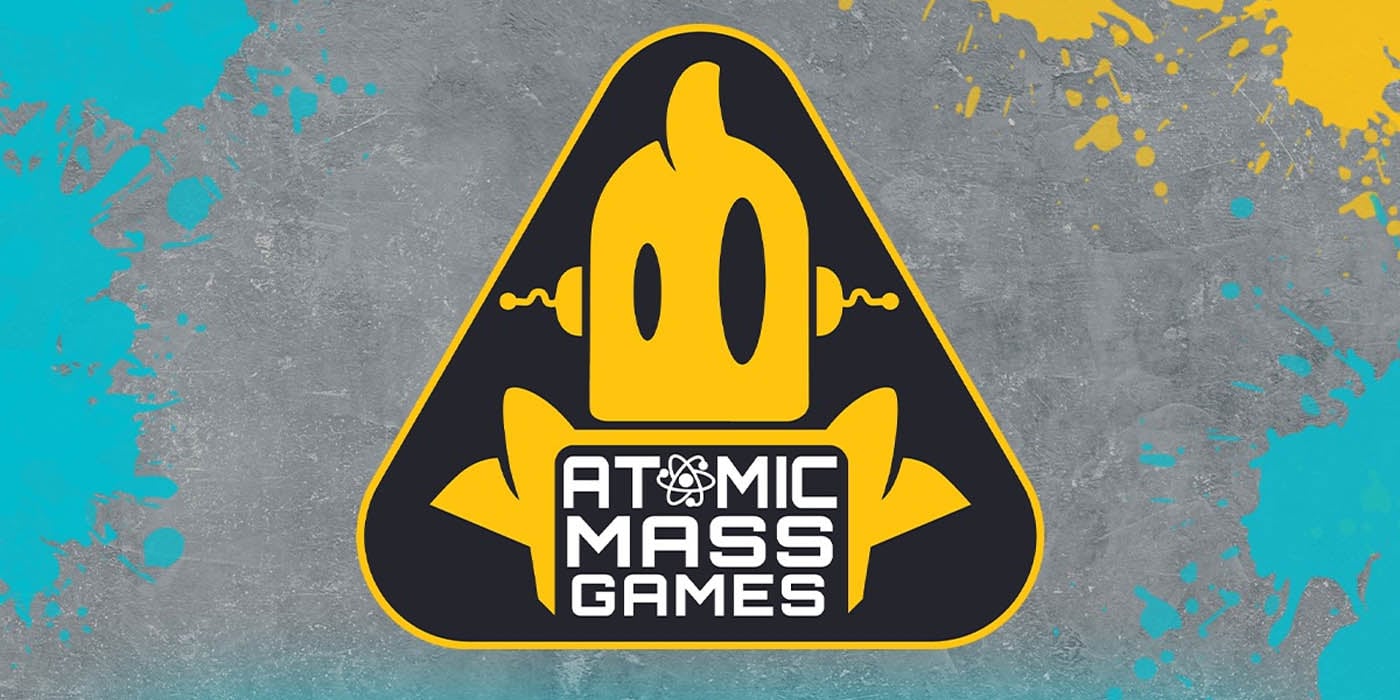
Now, AMG is a great company with some amazing people. They aren’t to blame for what happened. However, at the time, they were a fairly small studio focusing on one main game, Marvel Crisis Protocol. It appears that they had three major games kind of dumped in their laps, from what rumors say, somewhat unwillingly. In addition, while the games moved to a new controlling company, most of the creative teams making them did not transition to AMG. Luke Eddy, one of the leads on all three games, did the move, but he was let go about 8 months later.
All of this meant that the games were with a new studio, with little to none of their original creative teams. What’s more, it was a studio that seemingly didn’t have the resources to devote much time or effort to these games, with their attention focused on MCP. As a result, all three Star Wars games withered on the vine. They went from major games to side notes. While I have little doubt that X-Wing and Armada could have been saved, AMG decided not to make a real attempt. So it’s goodbye to them.
Warmachine
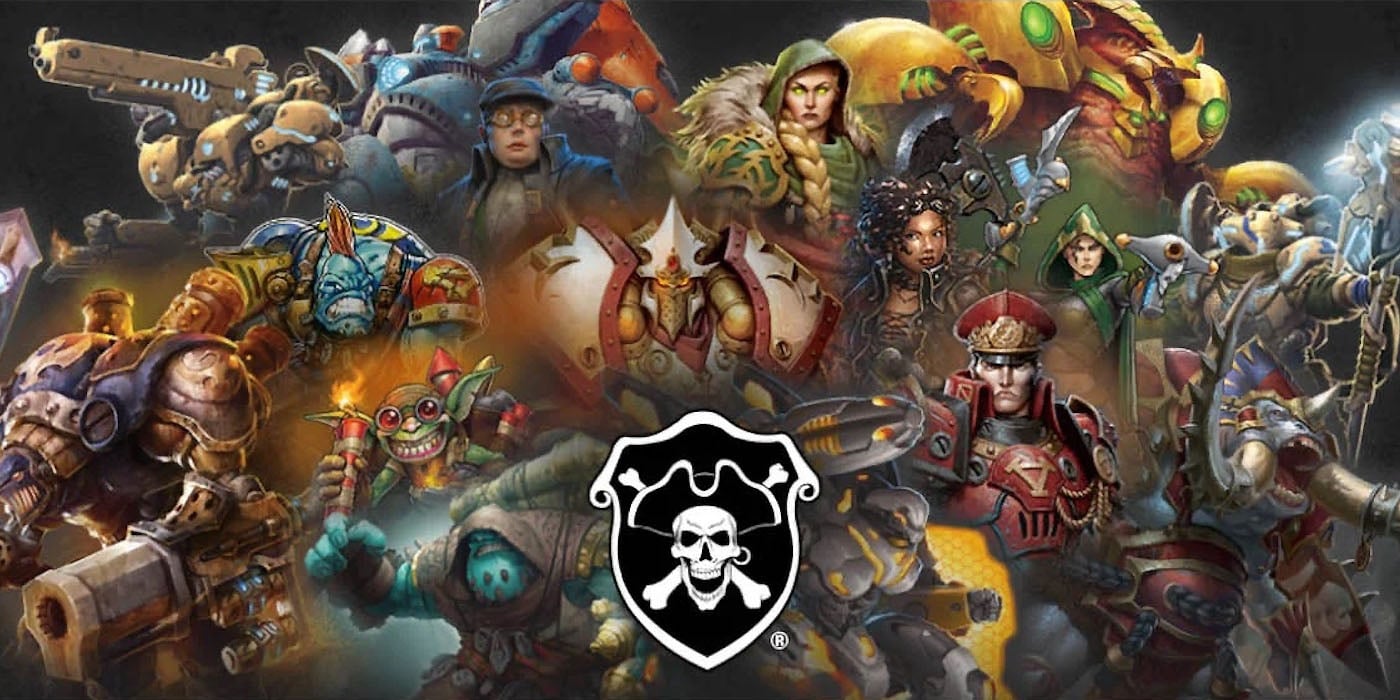
The death of X-wing and Armada is not the only victory that GW has seen in 2024. They’ve also seen the last gasp of an even older competitor. In 2003, Privateer Press released Warmachine. This, and its companion/expansion game Hordes, was a direct competitor to 40K.
It was a company-sized sci-fi/fantasy tabletop miniatures game on the same scale as 40K. The game had a huge range of miniatures to support it. Throughout the 2000s and into the 2010s, it was a major rival to 40K and GW, and some thought it could really become the dominant game. Remember that era directly after the cancellation of Warhammer Fantasy and the misfired launch of the original Age of Sigmar 1.0 when things looked dicey for GW?
For a whole series of reasons, Warmachine fell from its lofty position. It’s a story too complicated to tell here but sufficient to say that Warmachine slowly fell behind. By the late 2010s and into the 2020s, it was clear it was in trouble and would never catch up with Warhammer 40K. This year, at last, saw a final point in the struggle.
Now, unlike X-Wing, Warmachine is not dead, and neither is Privateer Press. However, as of early this month (June 2024), Warmachine and its whole IP have been sold to Steamforged Games, leaving Privateer with only some smaller side games. Warmachine’s future now lies in the hands of its new owners, and anything is possible. It could make a comeback, but it won’t be with Privateer Press. The war between GW and PP has clearly been won by GW.
The Return of Old Classics
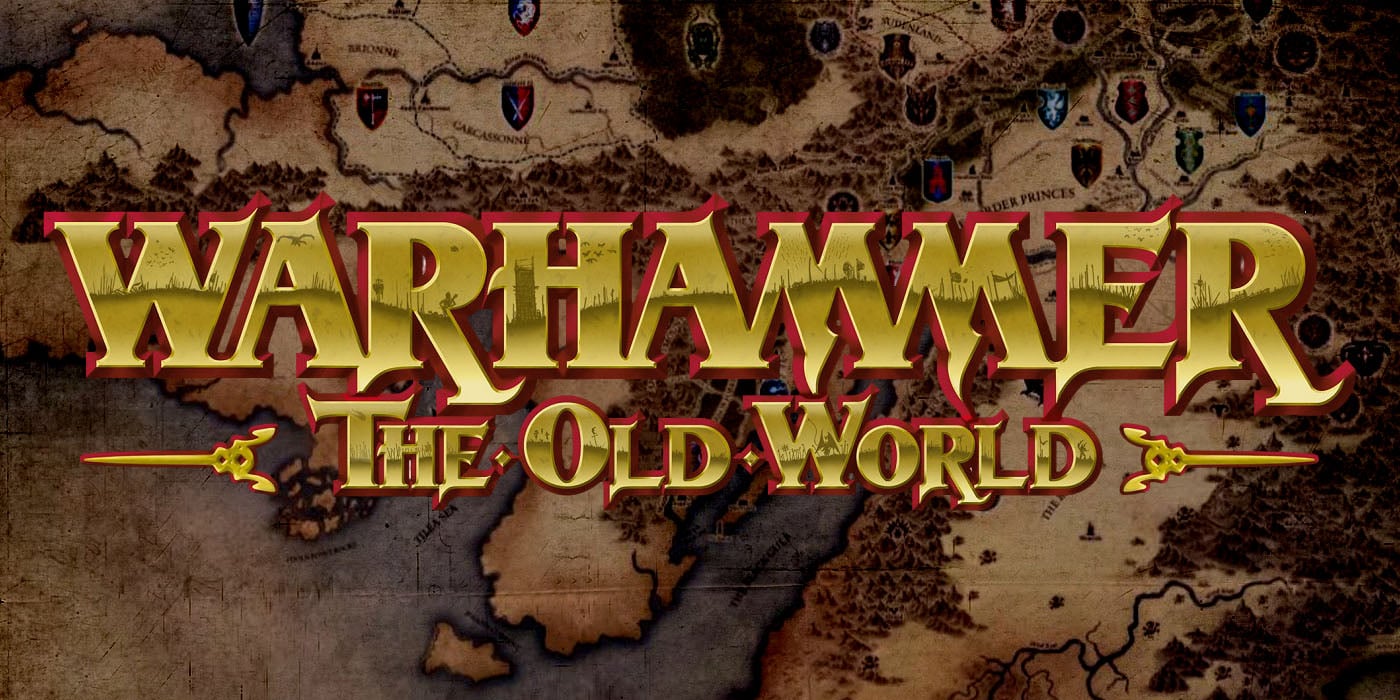
GW hasn’t won the gaming wars merely by being passive. The 2010s saw a bit of a low point for GW with the death of Warhammer Fantasy, a rough start for Age of Sigmar, and even 40K in a really rough patch. While its competitors made a lot of mistakes, GW also tightened down their games and made them stronger. Thus, 2024 hasn’t just seen the end of old competitors; it’s also seen GW bring back old friends to help corner the market.
The end of 2023 saw the return of EPIC in the form of Legion Imperialis, seemingly getting the jump on Mantic’s similar game, Warpath. 2024 also so the return of Fantasy with Warhammer: The Old World. This game has burst on the scene and seems to be ousting competitors such as 9th Age, WAP, and even Kings of War. With these moves, it’s clear that GW is locking down the market and tightening the screws on the competition.
It’s Good News and Bad
There is a bright side to having one game company. It’s easy to find games. When everyone plays the same thing, you can normally find someone to play. GW games also have enough variety you can normally find one you like. But overall, this isn’t great news for the industry. The late 2000s and early 2010s saw a massive variety of companies fighting for players. You had GW/40K, Warmachine, X-wing, and even historicals like Flames of War.
All of these were big games with tournament scenes, and they gave players a lot of options. Nowadays, you pretty much have GW games and a few skirmish games like MCP. If you want to play a miniatures wargame, you either play GW or you are stuck with a niche game, and it’s hard to find players.
This trend only seems like it’s going to accellerate as GW grows and goes mainstream. This isn’t meant to be a knock on GW. They themselves thrived and improved their products when strong competition forced them to stay innovative. For now, it seems like the gaming wars are over. GW has won and ascended to its own Golden Throne, with all that entails.
Let us know what you think about these developments, down in the comments!



